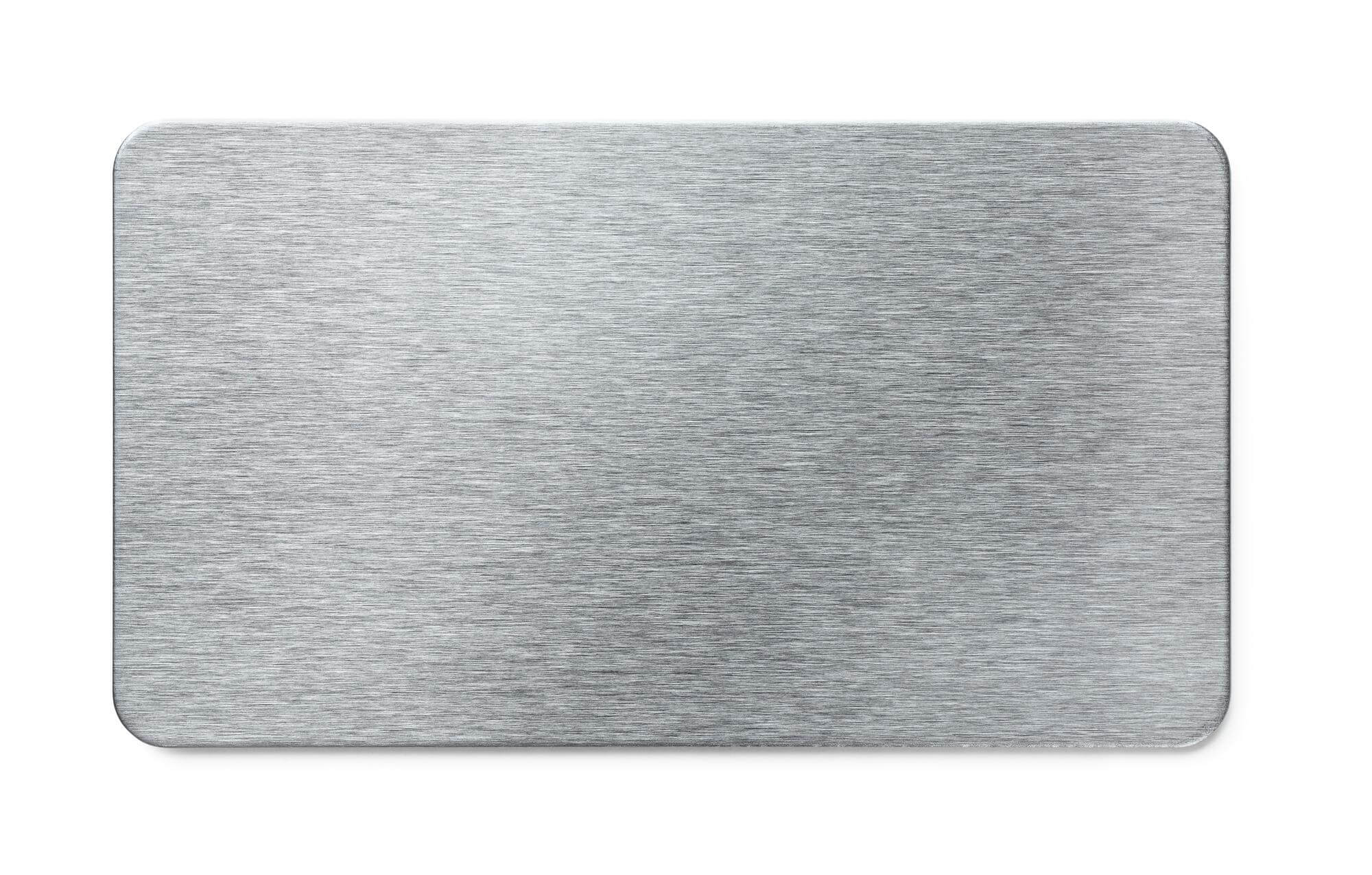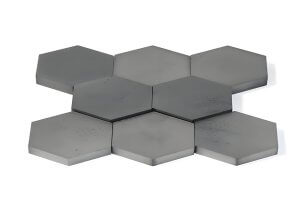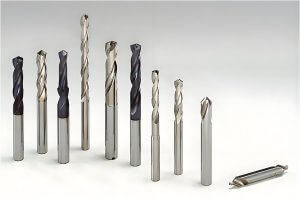In the manufacturing industry, precision and reliability are critical, especially when dealing with materials like stainless steel. For companies that require custom steel plates for welding, ensuring that these components meet exact specifications is essential for the integrity and performance of the final product. CNC machining offers a level of precision and consistency that is unparalleled, making it the go-to method for processing steel plates intended for welding.
Why CNC Machining is Essential for Welding Steel Plates
CNC (Computer Numerical Control) machining is a method that uses computerized controls and precision tools to cut and shape materials like steel with high accuracy. When it comes to preparing steel plates for welding, CNC machining ensures that each plate is cut to exact dimensions, reducing the risk of misalignment during the welding process. This precision is particularly important in industries where tight tolerances and high-strength welds are required, such as in aerospace, automotive, and construction.
Key Benefits of CNC Machining for Welding Steel Plates:
- Precision and Accuracy: CNC machining allows for the precise cutting of steel plates, ensuring that each piece fits perfectly during welding.
- Consistency: With CNC, you can produce large batches of steel plates with consistent quality, essential for maintaining the integrity of welded assemblies.
- Customization: CNC machines can be programmed to cut complex shapes and designs, making it easier to customize steel plates to meet specific project requirements.
- Efficiency: CNC machining reduces the need for manual intervention, speeding up the production process and reducing the risk of human error.
Types of Steel Plates Commonly Used for Welding
Selecting the right type of steel is crucial for both the machining and welding processes. Different types of steel offer varying levels of strength, corrosion resistance, and machinability. Here’s a look at some of the most common types of steel plates used in welding:
1. Stainless Steel Plates:
- Composition: Contains a minimum of 10.5% chromium, which offers excellent corrosion resistance.
- Common Grades: 304, 316, and 410.
- Machinability: Generally harder to machine due to its toughness and tendency to work-harden. Requires specialized tools and slower cutting speeds.
2. Carbon Steel Plates:
- Composition: Primarily composed of iron and carbon. The carbon content typically ranges from 0.05% to 2.1%.
- Common Grades: A36, A516, and 1045.
- Machinability: Easier to machine compared to stainless steel, though higher carbon content can make the steel harder and more brittle.
3. High-Strength Low-Alloy Steel (HSLA) Plates:
- Composition: Contains small amounts of alloying elements such as copper, nickel, and chromium.
- Common Grades: A572 and A588.
- Machinability: Offers a good balance of strength and machinability, making it suitable for structural applications.
4. Alloy Steel Plates:
- Composition: Contains elements like molybdenum, manganese, and nickel.
- Common Grades: 4140 and 4340.
- Machinability: Can be more challenging to machine but offers excellent strength and toughness.
Detailed Analysis of Stainless Steel Cutting and Machining
When dealing with stainless steel, which is often used for steel plates intended for welding, understanding its cutting and machining characteristics is vital. Stainless steel, defined as an alloy containing more than 12% chromium or more than 8% nickel, is known for its corrosion resistance and strength, particularly at high temperatures.
Classification of Stainless Steel:
- Martensitic Stainless Steel:
- Properties: Contains 12%-18% chromium and 0.1%-0.5% carbon. These steels are hardenable by heat treatment, offering high strength and wear resistance, making them challenging to machine.
- Machining Characteristics: Due to their hardness, martensitic steels tend to wear tools quickly and can cause issues with chip breaking. Special care must be taken to maintain tool sharpness and manage cutting forces.
- Ferritic Stainless Steel:
- Properties: Higher chromium content (12%-30%), primarily ferritic in structure, and not hardenable by heat treatment.
- Machining Characteristics: These steels have better machinability compared to martensitic stainless steels, but they still present challenges due to their tendency to generate long, continuous chips that can lead to machining difficulties.
- Austenitic Stainless Steel:
- Properties: Contains 12%-25% chromium and 7%-20% nickel. Known for its excellent corrosion resistance and formability.
- Machining Characteristics: Austenitic stainless steels are particularly difficult to machine due to their tendency to work-harden. This leads to high cutting forces, increased tool wear, and challenges in chip control.
- Duplex Stainless Steel:
- Properties: Combines austenitic and ferritic structures, offering improved strength and corrosion resistance.
- Machining Characteristics: Similar to austenitic steels, but with even higher strength, making them more challenging to machine. They often require slower cutting speeds and specific tooling to achieve the desired finish.
- Precipitation-Hardening Stainless Steel:
- Properties: High levels of chromium and nickel with added elements such as aluminum, titanium, and copper for precipitation hardening.
- Machining Characteristics: These steels offer a good balance of strength, corrosion resistance, and machinability, but they can still pose challenges due to their hardness.
Challenges in Machining Stainless Steel:
- Work Hardening: A significant issue with stainless steel is its tendency to work-harden, especially with austenitic grades. This requires careful management of cutting parameters to avoid excessive hardening of the material, which can lead to tool wear and difficulty in achieving a smooth surface finish.
- High Cutting Forces: Due to the material’s toughness and strength, machining stainless steel generates high cutting forces. This necessitates the use of robust, high-powered CNC machines and high-quality tooling.
- Tool Wear: Stainless steel contains hard carbides, which can lead to rapid tool wear. It’s essential to use tools made from materials like carbide or ceramic that can withstand these conditions.
CNC Machining Techniques for Welding Steel Plates
The effectiveness of CNC machining for welding steel plates depends on several factors, including the type of steel being used, the desired precision, and the complexity of the design. Below are some of the most commonly used CNC machining techniques for preparing steel plates for welding:
1. Milling:
- Description: Involves removing material from the steel plate using rotary cutters. Milling is ideal for creating slots, holes, and complex shapes.
- Advantages: Offers high precision and can handle a wide range of shapes and sizes.
- Application in Stainless Steel: When milling stainless steel, it is crucial to use low cutting speeds and high feed rates to avoid work hardening. The cutting tool should be sharp and well-cooled to reduce heat buildup.
2. Drilling:
- Description: A technique used to create round holes in steel plates. CNC drilling machines can produce holes with exact diameters and depths.
- Advantages: Ensures precise alignment of holes, which is crucial for bolted joints and welded assemblies.
- Application in Stainless Steel: Drilling stainless steel requires careful control of feed rates and spindle speeds to avoid work hardening. Using peck drilling methods can help in managing heat and preventing tool wear.
3. Laser Cutting:
- Description: Uses a high-powered laser to cut steel plates with extreme precision. Laser cutting is ideal for intricate designs and tight tolerances.
- Advantages: Provides clean edges and reduces the need for secondary finishing operations.
- Application in Stainless Steel: Laser cutting is particularly effective for stainless steel due to its precision and ability to handle complex geometries without causing excessive heat-affected zones.
4. Plasma Cutting:
- Description: Involves cutting through steel using a plasma torch. Plasma cutting is fast and effective for cutting thick steel plates.
- Advantages: Can handle a variety of thicknesses and is relatively cost-effective.
- Application in Stainless Steel: Plasma cutting works well for thicker stainless steel plates but may require secondary finishing to remove dross and achieve a smooth edge.
5. Turning:
- Description: A machining process where the steel plate is rotated while a cutting tool is applied to create cylindrical shapes.
- Advantages: Ideal for producing round components like flanges or custom pipe fittings.
- Application in Stainless Steel: Turning stainless steel requires sharp tools and controlled cutting parameters to prevent work hardening and ensure a fine surface finish.
Table 1: Comparison of CNC Machining Techniques
| Technique | Best For | Precision Level | Speed | Cost |
|---|---|---|---|---|
| Milling | Complex shapes and slots | High | Medium | Medium |
| Drilling | Hole creation | Very High | High | Low |
| Laser Cutting | Intricate designs | Extremely High | Medium | High |
| Plasma Cutting | Thick steel plates | Medium | Very High | Low |
| Turning | Cylindrical components | High | Medium | Medium |
Evaluating a CNC Machining Supplier
When selecting a CNC machining supplier for your steel plates intended for welding, there are several key factors to consider:
- Material Expertise: Ensure the supplier has experience working with the specific type of steel you require, whether it’s stainless steel, carbon steel, or HSLA.
- Precision Capabilities: The supplier should demonstrate a consistent ability to meet the required tolerances. Request samples or visit their facility to evaluate the quality of their work.
- Equipment Quality: The supplier should use modern CNC machines capable of handling the complexity and precision your steel plates require.
- Quality Control: Ask about their quality control processes, including how they verify dimensions and surface finishes. A reputable supplier should have a robust quality control system in place.
- Delivery Time: Ensure the supplier can meet your project timeline without compromising quality. Delays in machining can lead to significant setbacks in the welding and assembly stages.
- Cost: While cost is an important factor, it should not be the sole criterion. Balance the cost with the supplier’s ability to deliver high-quality parts on time.
Table 2: Key Considerations When Choosing a CNC Machining Supplier
| Consideration | Importance Level | What to Look For |
|---|---|---|
| Material Expertise | High | Experience with specific types of steel |
| Precision Capabilities | Very High | Ability to meet tight tolerances |
| Equipment Quality | High | Modern, well-maintained CNC machines |
| Quality Control | Very High | Rigorous inspection processes |
| Delivery Time | Medium | Ability to meet deadlines without compromising quality |
| Cost | Medium | Competitive pricing with a balance of quality |
Conclusion
Optimizing steel plates for welding through CNC machining is crucial to ensuring the strength and durability of welded assemblies. By understanding the different types of steel, machining techniques, and carefully evaluating potential suppliers, you can ensure that your project is completed to the highest standards. Precision, efficiency, and supplier reliability are the key factors that will ultimately determine the success of your welding operations.
For those responsible for procuring CNC-machined steel plates for welding, this knowledge empowers you to make informed decisions, leading to better outcomes in product quality, project timelines, and overall cost.
Other Articles You Might Enjoy
- Unlocking New Possibilities in CNC Machined Titanium Medical Devices
Introduction to CNC Machined Titanium Medical Devices The prevalence of CNC machined titanium medical devices in the healthcare sector demonstrates their immense significance and usefulness. This technology furnishes an essential…
- CNC Aluminum Machining Services: Advanced Techniques for Perfect Parts
CNC Aluminum Machining Services In the current manufacturing landscape, CNC aluminum machining services play a pivotal role. CNC which simply translates to 'Computer Numerical Control', is an advanced technique used…
- Choosing the Right CNC Machining Shop: Factors to Consider
Choosing the Right CNC Machining Shop: An Introduction In today's advanced manufacturing environment, Computer Numerical Control (CNC) machining plays a significant role. CNC machining is a process utilized in the…
- Innovative CNC Machining for the Aerospace Sector
Innovative CNC Machining for the Aerospace Sector CNC machining, an abbreviation for Computer Numerical Control machining, stands as a vital player within today's manufacturing scene. Utilizing computer-generated code to control…
- Streamlining CNC Machining for Lightweight Metals( alloy steel Veromca)
In recent years, computer numerical control (CNC) machining has emerged as a highly efficient method for processing various types of materials—including lightweight metals. Efficient in operation and precise in execution,…
- Hastelloy vs. Stainless Steel in Chemical Processing Equipment: CNC Machining Perspectives?
Hastelloy vs. Stainless Steel in Chemical Processing Equipment: An Introduction In the realm of chemical processing equipment, two commonly used materials include Hastelloy and stainless steel. Hastelloy, a reputed superalloy…






